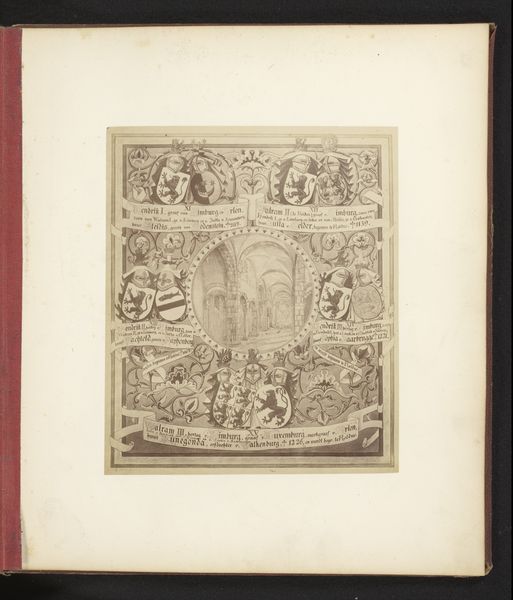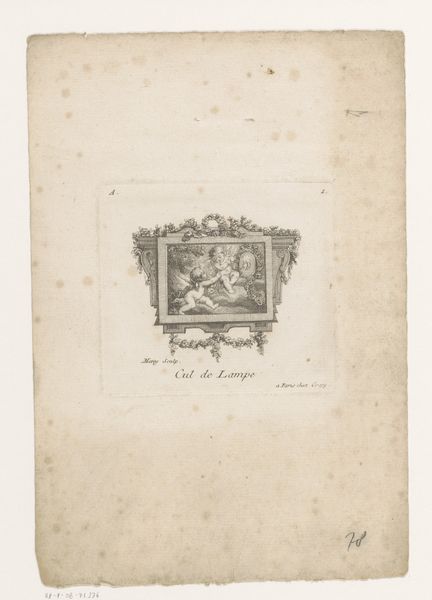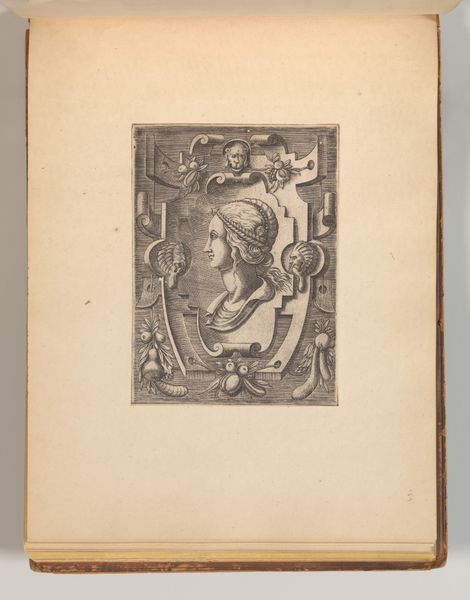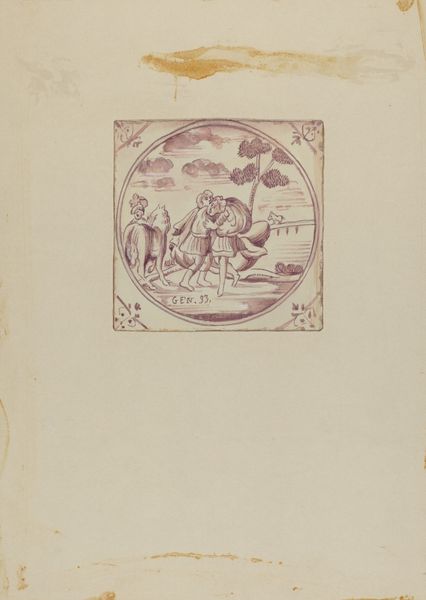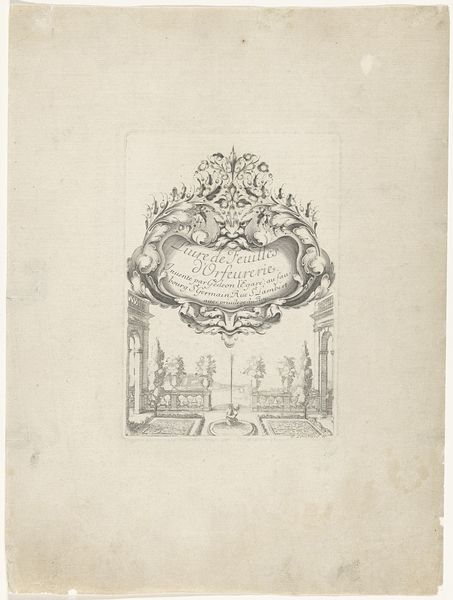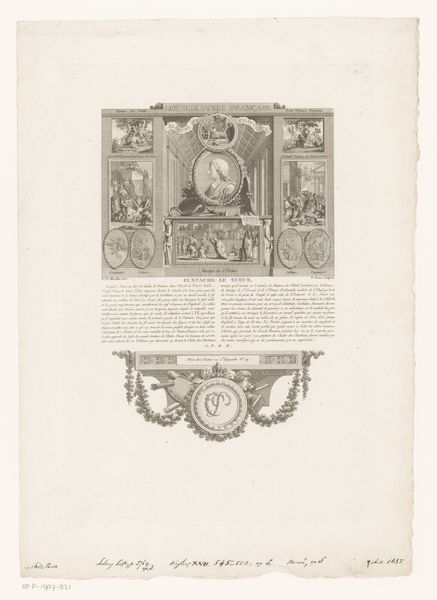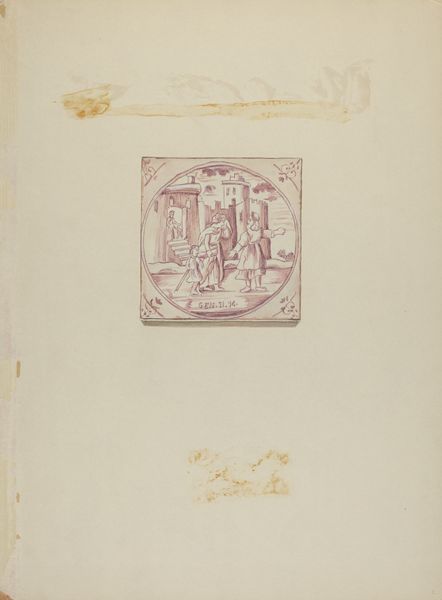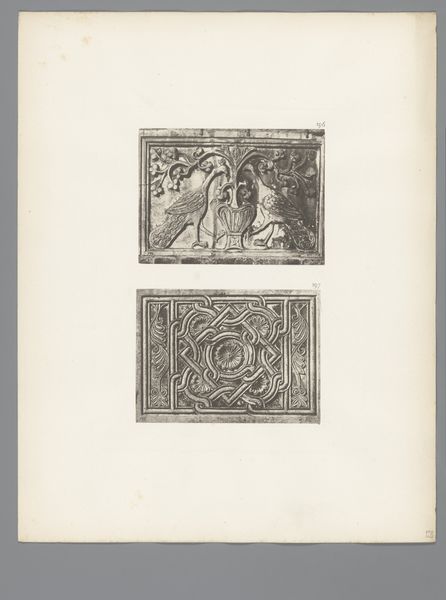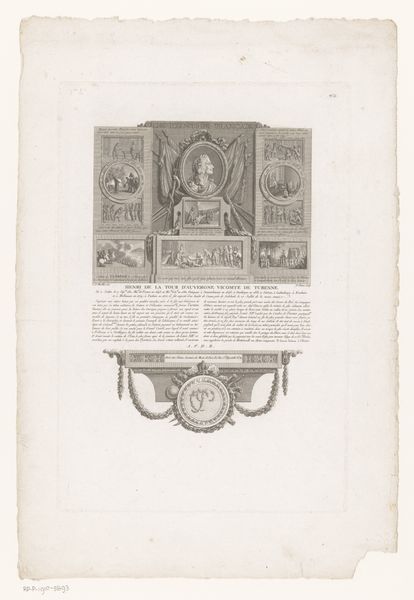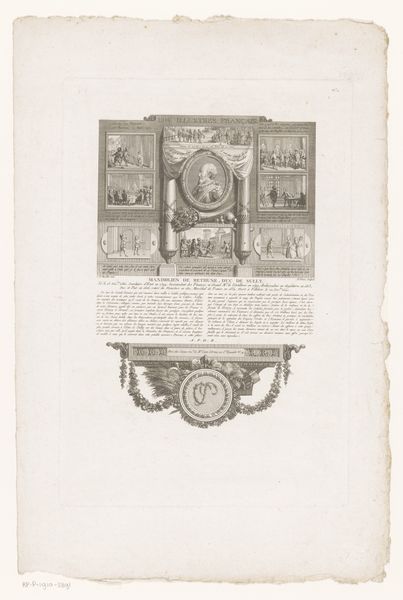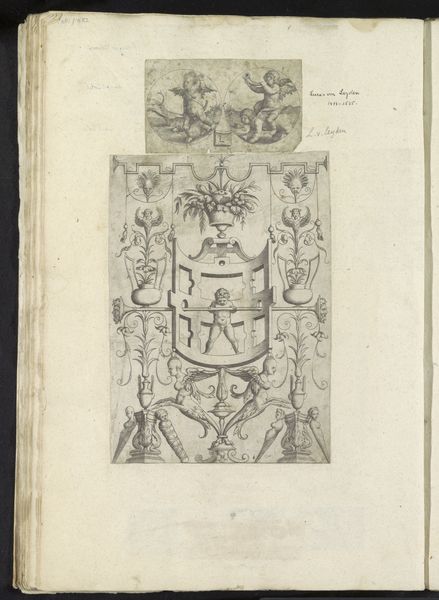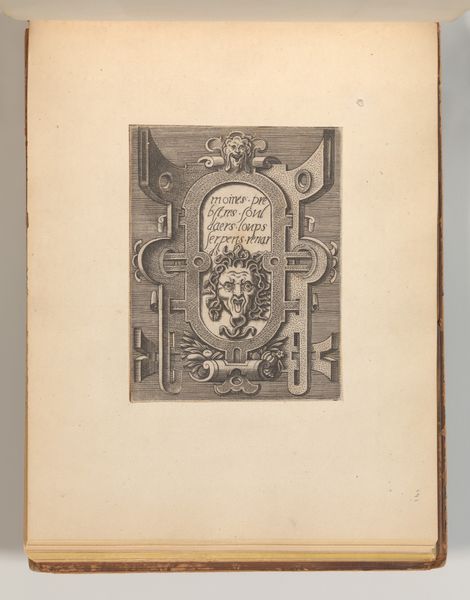
drawing, paper, pencil
#
drawing
#
paper
#
pencil
#
history-painting
Dimensions: overall: 51.4 x 38.5 cm (20 1/4 x 15 3/16 in.)
Copyright: National Gallery of Art: CC0 1.0
Curator: This compelling pencil drawing, dating from around 1937, depicts a Pa. German stove plate. The artist is Roy Weber. Editor: It's incredibly detailed, considering it's a drawing of, well, essentially metal. There's a certain austerity in its simple lines and tonal values, a somber effect. Curator: Stove plates such as the one rendered here, produced at the Marlborough Furnace beginning in 1768, held a vital position within Pennsylvania German households. Serving as both functional heating elements and potent symbols of cultural identity and wealth. Editor: The figures are stylized, almost iconic in their simplicity, yet rendered with a tactile sense. Observe the clothing, or the suggestion of a face. Curator: Consider this plate as a symbol, evoking narratives of hearth and home, and reflecting broader societal and economic structures in 18th-century Pennsylvania. We understand this to be one of Weber's reproductions of a Pennsylvania stoveplate design. Weber produced the drawings in correlation with the Index of American Design in the late 1930s, under the WPA program. Editor: There’s also a graphic quality to it. A flattening of space... everything seems pressed forward, emphasizing the two-dimensional nature of the design, despite it originally being a stoveplate, with its thickness, material and dimensionality. Curator: Absolutely, the design draws our eye towards the history behind these humble household objects—and prompts inquiries into how they shaped the social and cultural fabric. It prompts discussions of class, ethnicity, immigration, and ultimately how these notions intertwine to construct community identity and belonging. Editor: This rendering certainly has made me look at such functional and perhaps utilitarian plates with a heightened sense of artistry. Curator: For me, Weber's rendering makes you aware of how public art is and how political even seemingly ‘domestic’ objects can be.
Comments
No comments
Be the first to comment and join the conversation on the ultimate creative platform.
